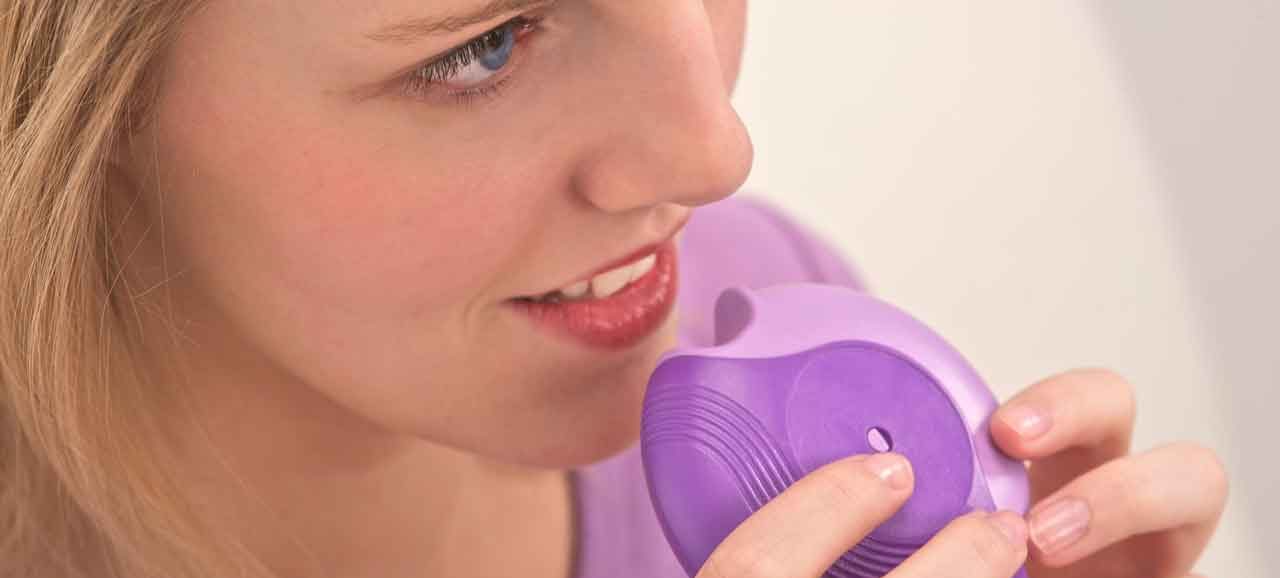COPD Guidelines

Twelve million Americans don’t know they have chronic obstructive pulmonary disease, many mistaking breathlessness as a symptom of aging.
Some 24 million Americans have chronic obstructive pulmonary disease, or COPD, but half of them don’t realize it yet.
Chronic obstructive pulmonary disease symptoms
When you have COPD, the tubes that carry air in and out of your lungs are partially blocked, so it’s hard to breathe. Besides feeling short of breath, you may have a “smoker’s cough” that produces gooey stuff, breathe noisily, or feel tight in the chest. You may get frequent colds and flu.
If you find you’re changing your habits because of breathing problems — for example, choosing the escalator over stairs, and have any of these other issues — go to a doctor to get tested for COPD. The trouble is often a mix of emphysema and chronic bronchitis that, left untreated, will get worse over time. Catching the problem early will help keep you functioning.
What causes COPD?
When you first have breathing problems you may blame it on aging, or just think you’re out of shape. Many people assume that only heavy or current smokers get COPD. That’s not so, alas. Usually, new cases occur among people 40 years or older who smoked at least 100 cigarettes over the course of their lives. When a cigarette burns, it produces more than 7,000 chemicals, many of them toxic. They damage your lungs and make it harder to fight lung infections. Did you ever live with a smoker? Second-hand smoke is a risk factor. So is asthma and a history of respiratory illness as a child. Living in an area with air pollution and inhaling fumes, chemicals, and dust common in the workplace also increase your risk.
YOU MIGHT ALSO LIKE: What You Should Know about Asthma and COPD Overlap Syndrome
A combination of asthma and COPD, which can be harder to treat, especially afflicts women and people who had asthma before the age of 40. Research suggests that these patients tend to have less of a smoking history than people who only have COPD, and are more likely to have nasal allergies, anxiety, and GERD, or gastroesophageal reflux disease.
About 10 percent of people who get COPD never smoked. They may lack a protein called “Alpha-1 Antitrypsin.” The World Health Organization and the American Thoracic Society guidelines recommend that every individual diagnosed with COPD be tested for this problem.
How is COPD diagnosed?
To diagnose COPD, you will be asked to blow all the air out of your lungs into a mouthpiece connected to a machine known as a spirometer. It will calculate the amount of air you blow out in the first second, and the amount of air you blow out in 6 seconds or more. In people with COPD, the ratio of the two is less than 70 percent. You may also have a chest x-ray or CT scan, to check for other problems.
If you have COPD
If you’re a smoker, the first thing you must do if you are diagnosed with COPD is quit. Many people with COPD also have sleep apnea, which disrupts their sleep, so consider asking for a sleep study, in which a technician will monitor your breathing overnight. Get checked for heart disease, which is common among COPD patients as well.
Stay active. Many people stop exercising when their breathing deteriorates. But the less you exercise, the less you are able to do, and eventually you become too weak to do much at all. Although exercise can’t cure you, it can change the way you feel and function and prevent your life from coming to a stand-still. You should do some exercise at least three days a week. If you’re already using an oxygen machine, you may need a higher setting while exercising.
Even if you live in an area with significant air pollution, on balance, the benefits of exercise outweigh the risk of inhaling bad air, according to a 2016 study. Lead study author Zorana J. Anderson, PhD, recommends lowering your exposure to bad air by exercising in parks or on roads away from traffic. You can also check local air quality reports.
Monitor your mood and address any problems. In one large study, 26 percent of people with a new diagnosis of COPD, or who were judged to be at risk, suffered from depression or anxiety. Anxiety will aggravate your symptoms. The best remedy may be exercise: Programs that encourage COPD patients to exercise have been successful at lifting mood. You may also benefit from cognitive behavioral therapy and getting social support. The American Lung Association can lead you to in-person support groups and an online community.
Updated:
March 03, 2020
Reviewed By:
Janet O’Dell, RN